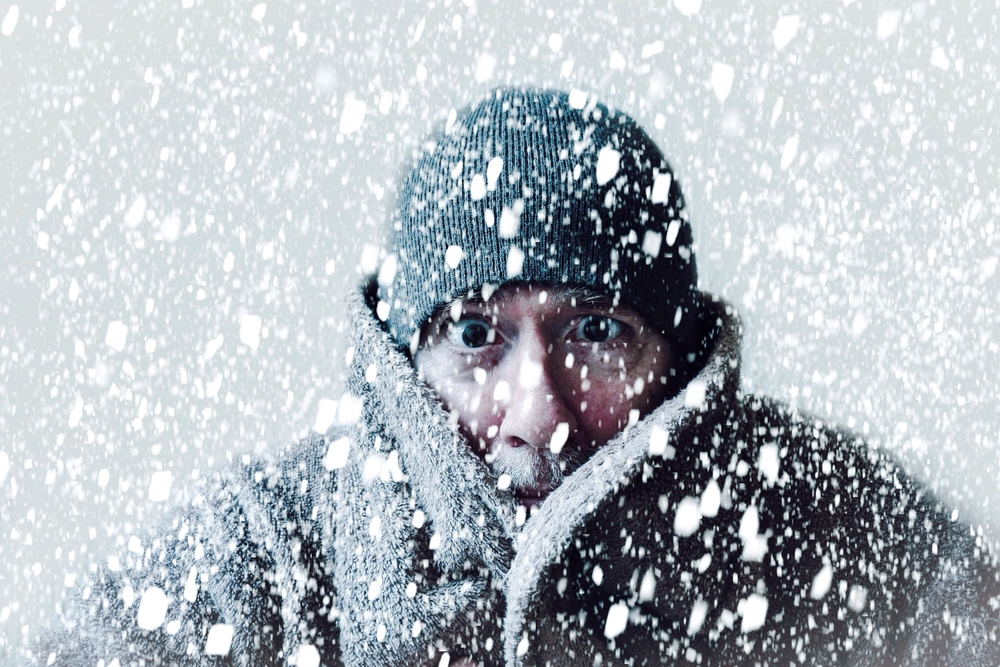12/11/14
When the cold weather hits it is easy to remember to get out your scarf to protect your face, gloves to keep your fingers warm and boots to keep your feat warm and dry. But don’t forget about cold winter weather and your eyes.
Here are four eye conditions people experience in cold weather:
1. Dry eyes – Cold weather and wind can be drying to your eyes, and in extreme conditions your eyes can’t keep up with the amount of tears you need to remain comfortable. You will also experience lower humidity levels inside your home and office when the heat is on and windows are closed.
What should you do?
• Protect your eyes with glasses or googles when outside, especially in windy weather or when participating in sports such as skiing or ice skating.
• Buy a humidifier to keep helpful moisture in the air – this is also good when suffering from a winter cold, helping to keep your sinus from drying out.
• Increase your intake of omega-3 as fish oil can help stimulate tear production.
• Stay hydrated, possibly upping you intake of liquids (soup is the perfect winter food for keeping you warm as well) to keep your eyes moist.
• Use eye drops as prescribed by your physician.
• Be aware of any medications you may be taking, such as antihistamines, sleeping pills, pain relievers, etc., which can reduce your ability to produce tears.
2. Excessive tearing – On the other end of the spectrum, some people find they tear more easily in cold weather and wind. This becomes more annoying when the tears make your vision blurry.
What should you do?
• As with dry eyes, protect your eyes with sunglasses or goggles when outside.
• When wiping away excess tears use a clean cloth or tissue to reduce the spread or germs that could lead to infections or a cold.
3. Red swollen eyes – If your eyes are red or swollen it can be because of constricted blood vessels in the tissues around the eyes. This can also result in eyelid spasms, excessive tearing and blurry vision.
What should you do?
• Wear sunglasses or goggles, which will also help protect your eyes from exposure to UV light. This is even more important in the winter with reflected light from snow and ice that can lead to inflammation of the cornea.
4. Burning eyes – In extremely cold and windy weather do not force your eyes open as the cornea can actually freeze. This can be very painful and result in blurry vision, sensitivity to light and eye lid spasms.
What should you do?
• Wear sunglasses or goggles to protect your eyes from extreme wind which can expose your eyes to even colder temperatures (wind chill factor).
• Contact your eye doctor immediately if you are experiencing eye pain or a strong burning sensation.
There has been one theme that has been consistent through all the eye conditions – protect your eyes with sunglasses or goggles. Summer is when we traditionally think of wearing sunglasses, when the sun is shining brightly overhead. However, in the winter their importance increases as they also protect your eyes from glare and reflection from snow and ice, winter winds and cold temperatures. Want to see some fun sunglass styles, check out our Pinterest board – The Sun & Healthy Eyes.
 Susan DeRemer, CFRE
Susan DeRemer, CFRE
Vice President of Development
Discovery Eye Foundation

